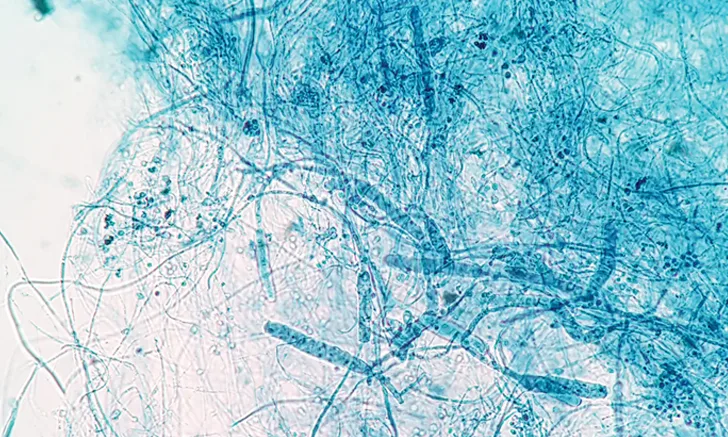New Methods for Rapid Diagnosis of Ringworm
Mitchell D. Song, DVM, DACVD, Animal Dermatology

In the Literature
Müs Tak HK, Ünal G, Müs Tak INBA. Detection of Microsporum canis and Trichophyton mentagrophytes by loop-mediated isothermal amplification (LAMP) and real-time quantitative PCR (qPCR) methods. Vet Dermatol. 2022;33(6):516-522. doi:10.1111/vde.13111
The Research …
Dermatophytosis (ie, ringworm) has important zoonotic and public health implications, but quick and accurate diagnosis in veterinary patients is often difficult to obtain. Current diagnostic methods include in-clinic fungal cultures, microscopic examination of hairs, and submission of samples to commercial laboratories; however, these methods have limitations, including time required for results and lack of specificity.1
This study evaluated loop-mediated isothermal amplification (LAMP) and rapid multiplex quantitative PCR (qPCR) for detection of Microsporum canis and Trichophyton mentagrophytes. Sensitivity for detecting M canis was 96.9% using LAMP and 98.4% using qPCR. Sensitivity for detecting T mentagrophytes was 93.2% using LAMP and 97.7% using qPCR. Specificity for both methods was 100%. Results were obtained in 30 minutes using LAMP and 45 minutes using qPCR.
LAMP and multiplex qPCR are used with increasing frequency in veterinary medicine, provide fast and sensitive diagnosis of pathogens, and are often less expensive than other methods.2
... The Takeaways
Key pearls to put into practice:
M canis and T mentagrophytes are important pathogens. Quick and accurate diagnosis can lead to prompt treatment, decreasing incidence of zoonotic contagion.
LAMP and multiplex qPCR can provide accurate diagnostic results in a relatively short period of time.
Point-of-care options with inexpensive portable devices linked to smartphones may soon be available to diagnose dermatophytosis as technology advances and more primers are developed.2
You are reading 2-Minute Takeaways, a research summary resource presented by Clinician’s Brief. Clinician’s Brief does not conduct primary research.